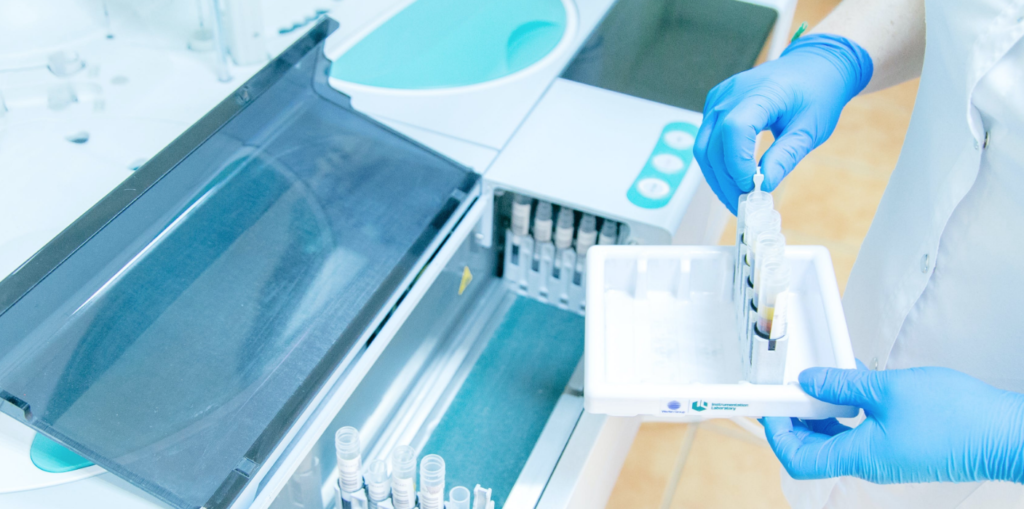
When It’s Time to Move Your Lab
There’s no getting around it: moving a laboratory is a complex process that involves meticulous attention to detail, making it a stressful experience for all concerned. The actual move date will likely be preceded by 4–6 months of careful planning, even if you follow most lab managers’ recommendation that you hire an experienced lab relocation specialist. Outsourcing the project to a lab relocation specialist will minimize the move’s impact on your operation’s scientific mission and productivity.
Moving usually signals that new and exciting opportunities are ahead for a company, but it’s still critically important to plan correctly and take into account all aspects of the experience. For example, although it is important to plan out the logistics of the physical move, it is also important to take into account its emotional impact. A relocation is not only disruptive to the physical plant, but the introduction of a lab relocation specialist will change the dynamics of the organization. A good lab relocation manager will take the time to establish trust and respect with your entire team, and foster productive, collaborative relationships between his move team and your technicians, administrative personnel, and lab leads.
Make keeping everyone informed a top priority. So they can plan accordingly, your team will want to know not just the date for the move itself, but also when the equipment they use will no longer be available. Remember to talk to the facilities manager in the building you are vacating and your contact in the building you are moving into as soon as possible. These individuals will oversee everything from the disconnection and connection of your utilities to the availability of packing/unpacking areas and loading docks.
Every lab relocation is different with different priorities and steps needed to ensure a smooth and seamless transition. However, establishing a timeline is will help keep the process on track:
Two to Three Months Before the Move
- Tour existing and new lab space with your lab transition planner and your architect.
- Develop equipment binders and review responsibility matrix.
- Dispose of old files, old chemicals, and old samples.
- Notify vendors, the mail room, and other relevant parties that the lab has relocated.
- Secure keys and access to the new space.
- Identify who will pack the equipment and move it.
- Set a start date and time-frame.
- Establish a timeline to shut down certain pieces to prepare for move.
- Send out RFP for specialist movers (chemical, equipment).
Two to Three Weeks Before the Move
- Have boxes, tags, and other materials delivered to the lab so that packing can begin
- Begin labeling each piece of equipment with a separate label that includes the name of the lab, the phase of the move in which it should be handled, and where it should be placed in the new lab.
- Tour the new space to ensure connections are compatible with incoming equipment.
- Identify move route for key equipment, checking door and height/weight clearances.
Day of the Move
- Chemical movers pack up the chemicals in special containers.
- General movers pack items not already packed.
- Freezers are placed on the truck last so they can be unpacked first, positioned and plugged in.
Post-Move Follow Up
- Tour the vacated lab to ensure all items have been moved.
- Coordinate the calibration of equipment.
We can’t stress enough how important it is to have a lab relocation specialist working with you to ensure a smooth and trouble-free transition and restart. Using spreadsheets, templates, checklists and other tools, a good lab relocation specialist will create a lab transition plan that will make this complex process as clear, straightforward and incident-free as possible.


